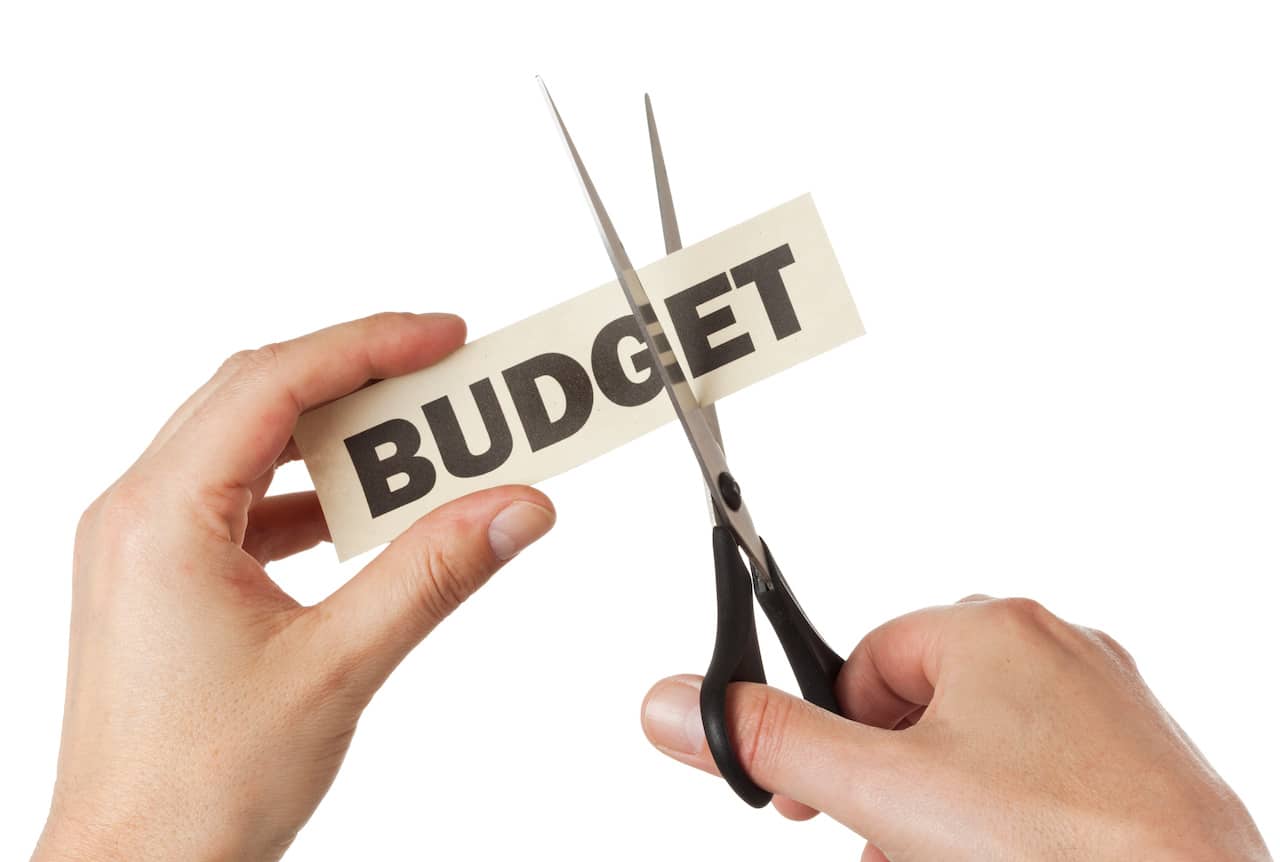Credit Sesame on creating a checklist for budget cuts to help you stay on top of your finances.
It pays to put your goals and aspirations down on paper and review/update them carefully. You are 42% more likely to achieve your dreams and goals if you write them down regularly, research shows.
The same is true of your finances. If you want better control over your money, evaluate your budget and create a checklist of items that you may want to trim out of your budget.
It’s a good idea to scrutinize your finances
Andrew Lokenauth, a budgeting expert and financial executive, says it’s wise for consumers to carefully review their finances and create a budget. He says,
“Doing so helps them better understand their financial situation and make informed decisions about how to allocate their money. By creating a budget, consumers can understand their income and expenses and see where they are overspending or where they can make adjustments to save money. This can help them achieve their financial goals, such as paying off debt or saving for the future.”
But remember that it’s not enough to create and itemize a budget. You also need to track your spending and where you are allocating your dollars so that you can maintain better financial control. The risks of not doing so can lead to being unable to pay your bills and save for future needs and wants.
It’s smart to also consider budget cuts
According to Alastair Hazell, a personal finance professional and founder of The Calculator Site, proper budgeting is essential to maximize your finances and ensure financial security. He suggests,
“It not only helps in the long-term but can also help alleviate any stressful financial situations in the short term. Creating and reviewing your budget should be done on a regular basis – ideally monthly or quarterly. This allows you to track short-term and long-term changes in your spending habits, identify any bills or expenses that have crept up, and adjust your budget accordingly.”
Shawn Plummer, CEO of The Annuity Expert and a certified financial professional, believes everyone should have a budget – even if you think you don’t really need it.
“Budgets help us maximize how our money works for us. Countless people find they can’t make ends meet at the end of each month, just because they don’t know where they spent their money. Budgets help answer those questions and keep us accountable.”
Whether you live paycheck to paycheck or have a decent financial cushion, it pays to scrutinize your spending and consider budget cuts to areas that are less necessary, wasteful, or redundant or will prevent you from paying your most important bills and expenses.
How to create a budget cuts checklist
The best way to itemize, organize, and track your budget and expenses is to make a chart on paper or a computer spreadsheet. Organize your horizontal rows into different budget categories, and then insert each type of transaction into the cells along a vertical column of the chart. Here are some of the categories to consider listing:
Essential expenses for things that likely can’t be cut
- Housing expenses: monthly rent or mortgage payments (including principal and interest payments as well as property taxes and homeowners insurance)
- Home maintenance and repair expenses
- Home improvement expenses
- Utility costs, including bills for heating/cooling, water, waste, Internet, and phone
- Groceries and supplies
- Healthcare costs, including bills for medical insurance, doctor/hospital visits, co-pays, prescription drug costs, and more.
- Clothing, shoes and coats
- Travel costs, including gas or public transportation for commuting to work
Non-essential items:
- Entertainment, such as tickets to theaters, club admission, and live performances
- Dining out at restaurants and fast food establishments
- Leisure travel, like airfare, lodging, and dining while away from home and during vacations
- Subscriptions for streaming services and publications and memberships to organizations
- Hobbies or sports that require purchases/supplies, including golfing, crafting, bowling, etc.
- Shopping for discretionary items, including nonessential clothing and electronics
Your budget items may be different, but Lokenauth advises,
“Take a close look at the items on your checklist and try to identify areas where you can reduce your expenses.”
Where to make cuts
The easiest areas to trim away are non-essential/discretionary purchases like those in the second list. These often constitute variable expenses versus fixed costs. Lokenauth has this to say,
“Ask yourself, are you spending a lot of money on things like going out to eat or seeing movies? Can you reduce these expenses by cooking at home or streaming movies instead? Are you paying for any subscriptions you don’t use or need? Can you cancel any that you don’t use regularly or that you can live without? Are you overspending on clothing or other non-essential goods? If so, can you set limits on your shopping or find ways to save on these items, such as by using coupons or shopping sales? And are you also spending a lot on gas or car maintenance? Can you try carpooling or using public transportation instead?”
But that doesn’t mean you shouldn’t also try to identify ways to save from the list of your essential expenses. Lokenauth continues,
“For example, look for ways to save on your rent or mortgage, such as by negotiating a lower rate or downsizing to a smaller home. Try to save money by using energy-efficient appliances or reducing your energy consumption to lower your utility costs. Shop around for the best insurance rates or increase your deductible. Think about choosing a high-deductible health plan to save money on health care insurance.”
How to ensure you follow through on your checklist
After identifying areas where you can make budget cuts, make realistic action plans and set personal deadlines for enacting these cuts. Think about and write down specific mini goals to achieve these cuts, such as “I will spend no more than $100 this month on entertainment, travel, and dining out combined,” or “I will pack a lunch and bring it to work four out of five days each week.” Jonathan Poston, a business growth consultant recommends,
“To ensure that you follow through on the checked items you plan to cut from your budget, you can try setting specific goals and tracking your progress. You can also try finding ways to motivate yourself, such as setting up a rewards system or finding an accountability partner who can keep you motivated.”
You may also feel more incentivized to make budget cuts if you calculate the net effect in dollars and cents. Hazell notes,
“Once you have a target for budget cuts, calculate the potential impacts of your decisions. Assess possible profit variances in the potential for holding more cash in your pocket.”
How often you should revisit your checklist
Think about revisiting your budget and evaluating where cuts can be made at least twice a year. Plummer says.
“It sometimes takes more time than you think for financial habit changes to catch up with you, and growth can be slow. Reviewing your budget twice annually lets you look at your goals so that you can make changes that will keep you on the right track.”
If you enjoyed The Ultimate Budget Cuts Checklist, you may be interested in:
- 6 Reasons for a Budget Makeover in 2023
- How to live extravagantly on a budget in 2023
- Ten Ways to Build Credit on a Budget
Disclaimer: The article and information provided here is for informational purposes only and is not intended as a substitute for professional advice.




















